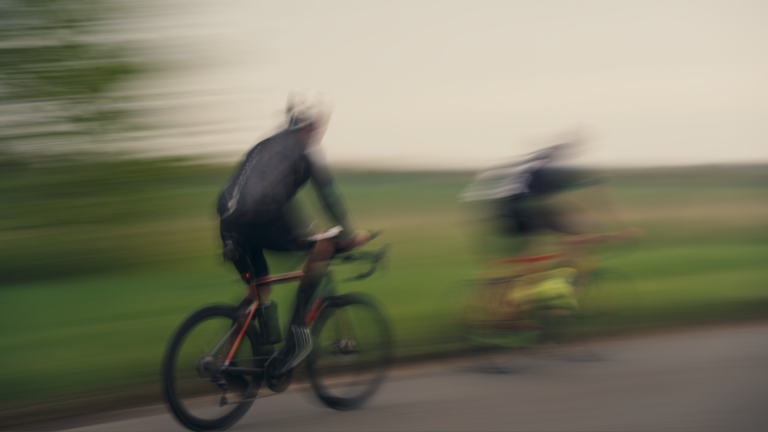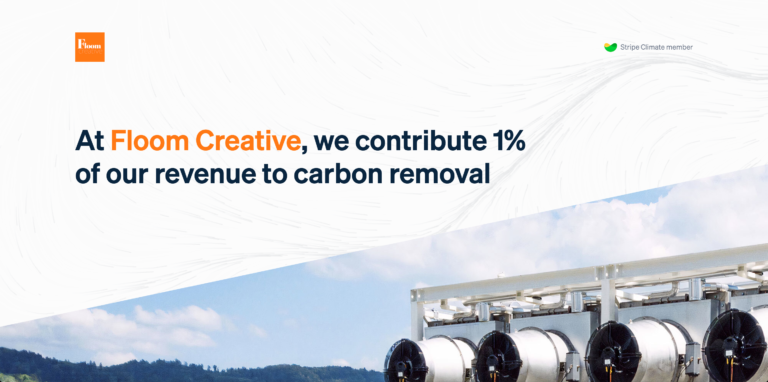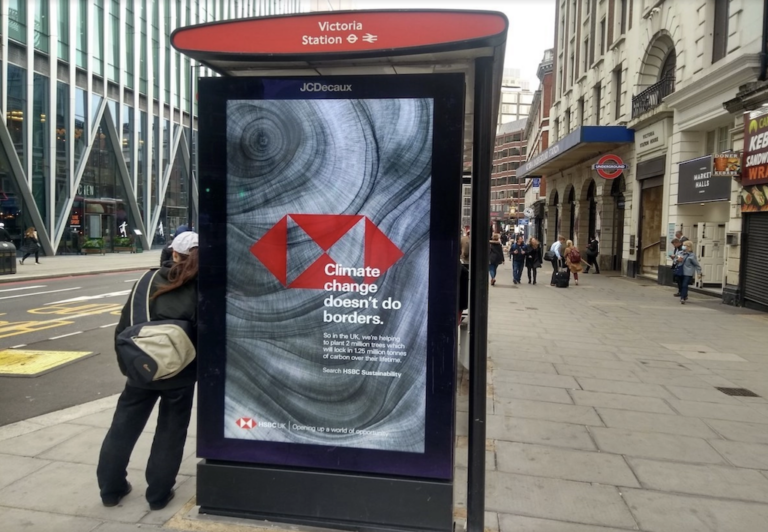The Numbers Paint a Picture: Britain’s Love Affair with Running
The statistics surrounding the UK’s running growth tell a remarkable story. Sport England’s latest Active Lives survey reveals that over 7 million adults in England alone participate in running or athletics regularly—making it the country’s second most popular sporting activity. Add Scotland, Wales, and Northern Ireland, and we’re looking at nearly 8.5 million regular runners across the UK.
The phenomenon that perhaps best captures Britain’s running obsession is parkrun. Starting with just 13 runners in Bushy Park in 2004, parkrun now hosts over 2 million registered participants across 750+ locations in the UK. Every Saturday morning, from Inverness to Plymouth, communities gather for free, timed 5K runs that have become as British as queuing and talking about the weather.
The London Marathon remains the crown jewel of UK running, with over 400,000 people applying for roughly 50,000 places each year. But it’s not alone—events like the Great North Run, Brighton Marathon, and Edinburgh Marathon Festival have created a year-round calendar of destination races that generate millions in economic impact and provide premium marketing opportunities for brands.
Brexit and the pandemic further accelerated domestic running participation. When European city marathons became less accessible and gyms closed during lockdowns, British runners discovered the wealth of opportunities on their doorstep. The result? A more locally focused, but paradoxically more engaged, running community.
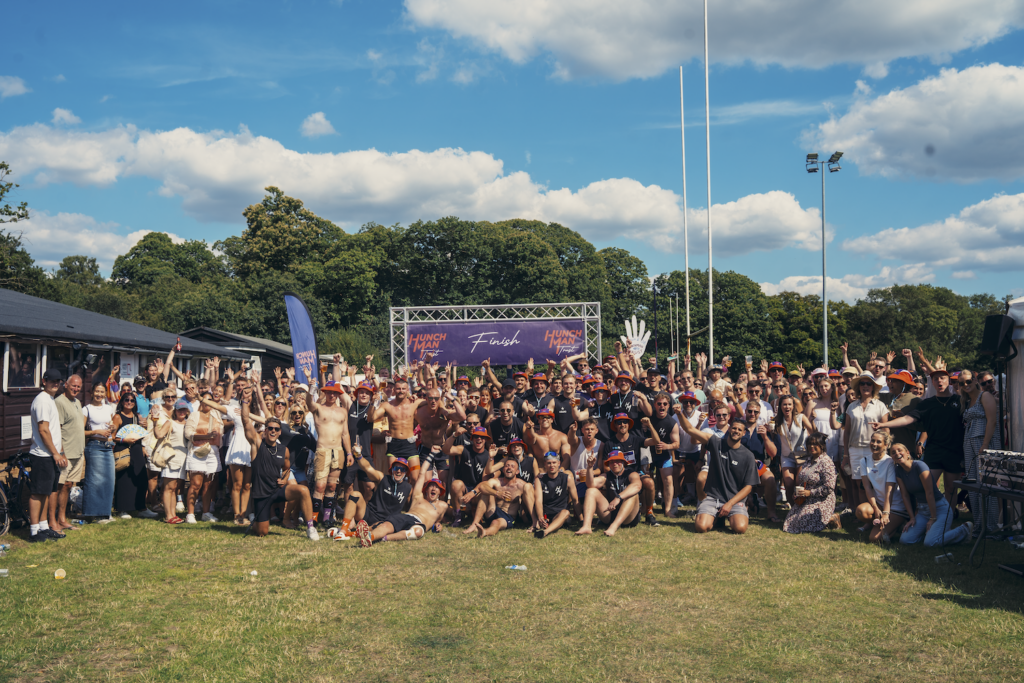
Beyond the Obvious Players: A Distinctly British Marketing Landscape
While global giants like Nike and Adidas maintain significant presence, the UK running market has developed its own character. Brands like Ronhill, founded in Greater Manchester in 1970, have leveraged their British heritage to compete with international players. Their “Born in Britain” messaging resonates with runners who value domestic manufacturing and local expertise.
British specialty retailers like Runners Need, Up & Running, and Run and Become have created powerful local marketing ecosystems. These shops don’t just sell products—they’re community hubs that host running groups, gait analysis sessions, and expert advice sessions. Their approach to marketing feels distinctly British: understated, knowledgeable, and focused on service rather than flash.
The rise of British running brands has been particularly notable in the nutrition space. SiS (Science in Sport), founded in London, has built its reputation by fueling British Olympic athletes and then translating that expertise to everyday runners. Their marketing emphasizes scientific credibility and proven performance—appeals that resonate strongly with British consumers who value expertise and authenticity.
UK-specific challenges have created unique marketing opportunities. The weather, for instance, has spawned an entire category of waterproof and reflective running gear that international brands often struggle to get right. Companies like Montane and OMM have built loyal followings by truly understanding what it means to run through a British winter.
The Digital Revolution: Apps, Strava, and British Running Culture
Technology adoption in UK running has its own distinctive patterns. Strava’s heat maps reveal fascinating insights about British running culture—from the popularity of canal towpath routes to the weekend exodus from cities to countryside trails. The platform shows over 2 million active runners in the UK, making it one of Strava’s strongest markets globally.
The NHS Couch to 5K app deserves special mention as a uniquely British success story. Launched by the health service and fronted by celebrities like Jo Whiley and Sarah Millican, it has introduced over 5 million Britons to running. For brands, this represents an enormous pipeline of new runners entering the market with government endorsement—a marketing environment that simply doesn’t exist elsewhere.
British running podcasts have created their own niche in the global market. Shows like “Marathon Talk” and “The Running Channel” blend British humour with serious running advice, creating engaged audiences that brands can tap into through authentic partnerships rather than hard-sell advertising.
The integration of running apps with British-specific features has been crucial for success. Apps that include Ordnance Survey mapping, UK race calendars, and weather integration tailored to British conditions perform significantly better than generic international versions.
Community Marketing: The Parkrun Effect and Beyond
No discussion of UK running marketing can ignore the parkrun phenomenon and its impact on how brands approach community engagement. parkrun’s non-commercial ethos initially created challenges for brands wanting to engage with its massive audience. However, smart marketers have found ways to support the community without compromising its values.
Volunteer appreciation has become a significant marketing opportunity. Brands that sponsor volunteer recognition events, provide equipment for parkrun volunteers, or simply acknowledge the army of unpaid officials who make British running possible find themselves welcomed into the community in ways that traditional advertising never could achieve.
The British love of running clubs has created marketing opportunities that don’t exist in more individualistic markets. Clubs like Serpentine Running Club, Clapham Chasers, and hundreds of local clubs across the country represent concentrated groups of dedicated runners who influence each other’s purchasing decisions. Smart brands invest in club partnerships, providing kit deals, coaching support, and event partnerships that generate word-of-mouth marketing within these tight-knit communities.
British running’s strong charitable tradition has created unique marketing partnerships. The London Marathon alone raises over £60 million annually for charity, making it the world’s largest single-day fundraising event. Brands that align with charitable running find themselves associated with causes that matter deeply to British runners, from mental health awareness to cancer research.
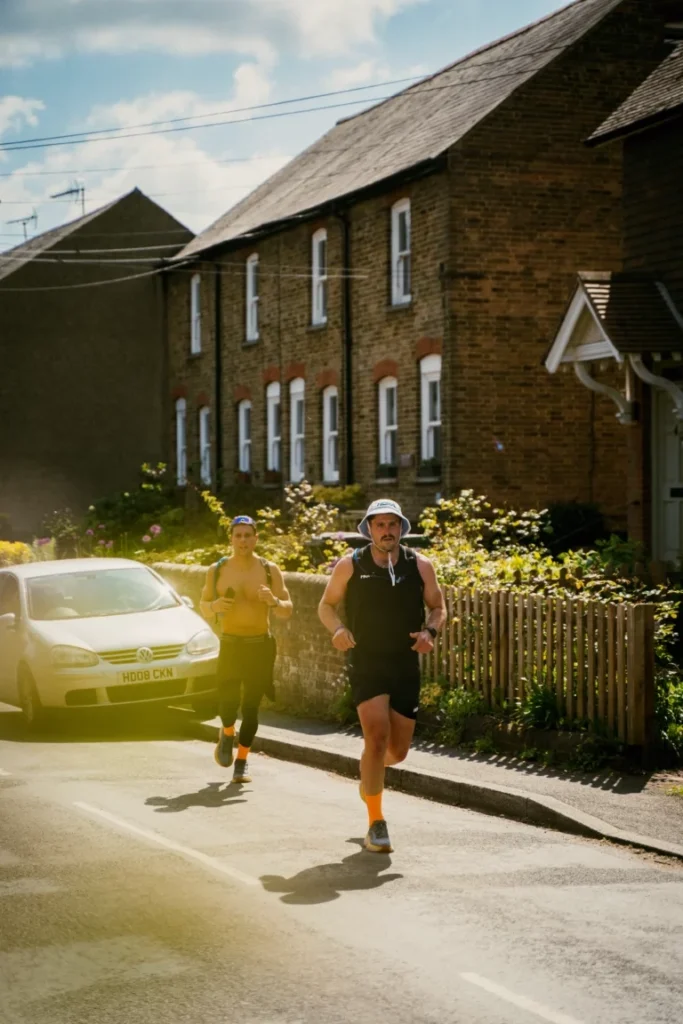
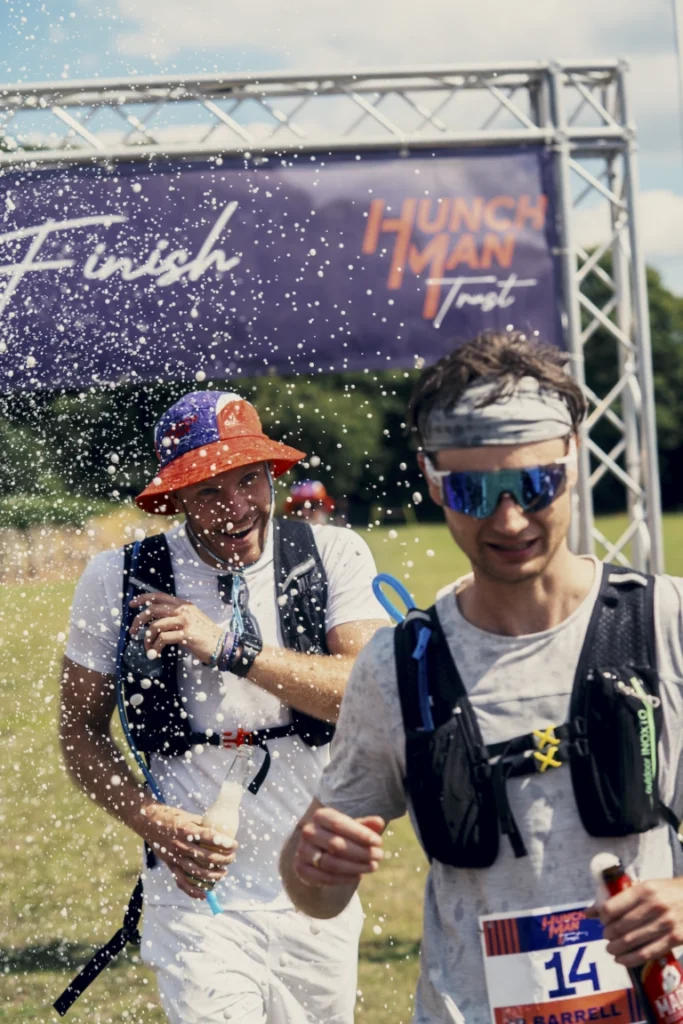
The Psychology of British Running: What Makes UK Runners Tick
British running culture has distinct psychological characteristics that smart marketers tap into. The British concept of “having a go” regardless of ability level creates opportunities for inclusive marketing that celebrates participation over performance. This is reflected in the success of events like the Great North Run, which prides itself on being accessible to runners of all abilities.
The British weather creates a unique badge of honour mentality among UK runners. Marketing campaigns that celebrate running through rain, wind, and darkness resonate strongly because they acknowledge the reality of British running. Brands like New Balance have successfully tapped into this with campaigns celebrating the dedication required to maintain running routines through British winters.
Self-deprecating humour is central to British running culture, creating opportunities for marketing approaches that would fail in other markets. Campaigns that gently mock running obsessions, acknowledge the struggles of early morning runs, or celebrate the small victories resonate because they feel authentically British.
The British class system still influences running marketing, though it’s evolving rapidly. Traditional club running had middle-class associations, but parkrun and mass participation events have democratised the sport. Brands that acknowledge this shift and market to the full spectrum of British society rather than narrow demographics find greater success.
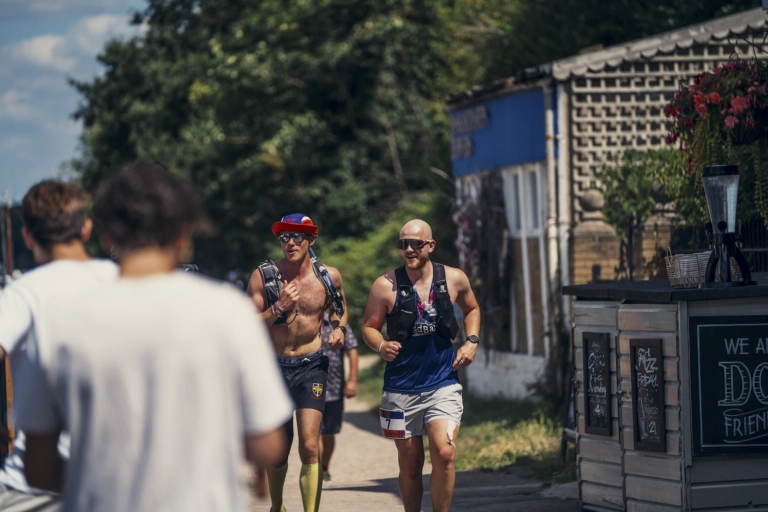
Challenges Facing UK Running Marketers
Brexit has created unique challenges for running brands operating in the UK. Supply chain disruptions, increased costs for European race travel, and regulatory changes have forced marketing messages to adapt. Some brands have turned these challenges into opportunities, emphasising local production, domestic events, and British supply chains.
The cost-of-living crisis has impacted running participation and purchasing behaviour. Marketing strategies have shifted to emphasise value, durability, and multi-use products. Brands that can demonstrate clear performance benefits and long-term value are outperforming those focused purely on premium positioning.
Weather dependency remains a constant challenge for UK running marketers. The unpredictability of British weather makes seasonal marketing campaigns risky, and brands must be prepared to adapt quickly to changing conditions that can impact participation and sales.
Urban air quality concerns, particularly in London, have created both challenges and opportunities for running brands. Companies that address pollution concerns through route planning apps, air quality monitoring, or protective gear find engaged audiences among urban runners.
Innovation and Future Trends: What’s Next for UK Running Marketing
Sustainability has become increasingly important to British runners, creating opportunities for brands that can demonstrate genuine environmental commitments. Companies like Adidas with their ocean plastic shoes and Patagonia’s repair and reuse initiatives resonate strongly with environmentally conscious British consumers.
The rise of trail running in the UK has created new marketing opportunities. Brands that understand the unique requirements of British trail running—from Lake District fells to Scottish highlands—are carving out profitable niches. Events like the Ultra Trail Snowdonia and the Dragon’s Back Race are attracting both participants and sponsor interest.
Virtual racing technology, accelerated by the pandemic, is being adapted to British preferences. Virtual events that recreate famous British routes or allow runners to “complete” historic races they can’t access physically are finding strong markets among UK runners.
Mental health awareness in running has become a significant trend in the UK, partly driven by campaigns like Heads Together. Brands that authentically engage with mental health messaging, support related charities, or create products that acknowledge the mental health benefits of running are finding receptive audiences.
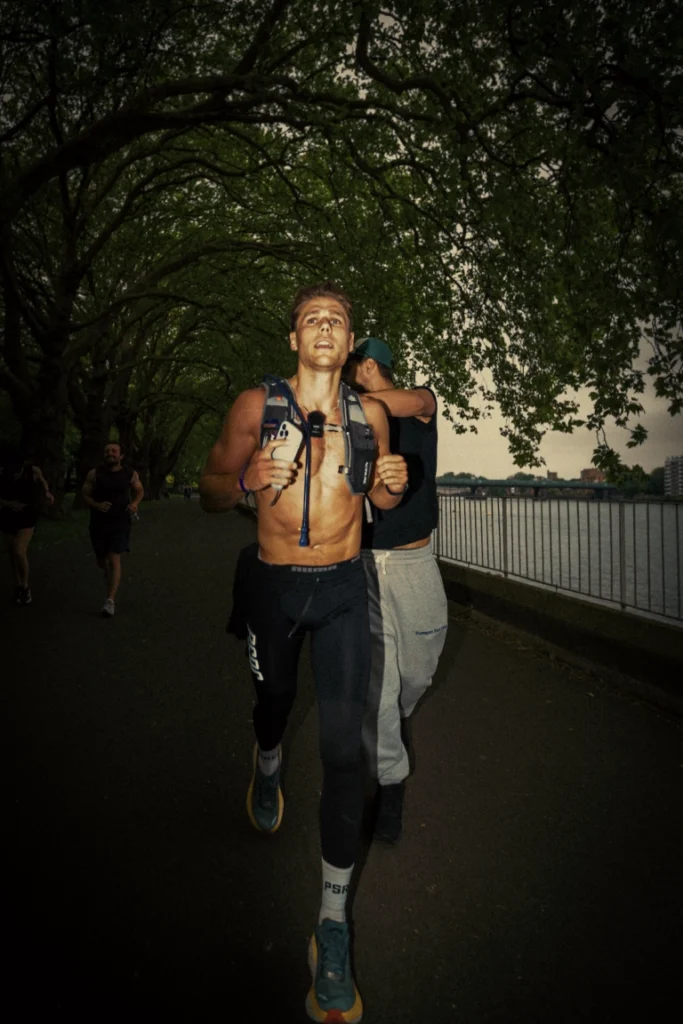
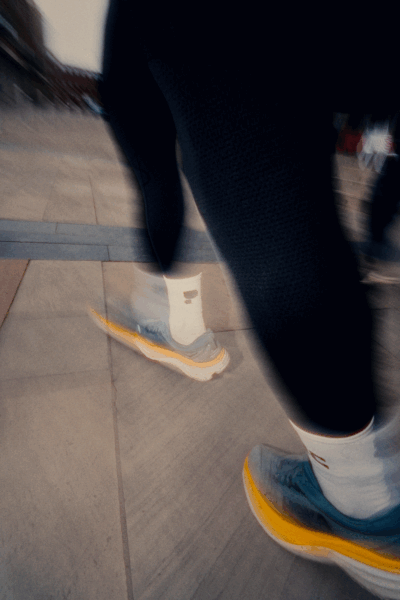
The Economics of UK Running: A Market in Motion
The UK running market is estimated to be worth over £2.5 billion annually when including footwear, apparel, accessories, events, and services. This represents significant growth from pre-pandemic levels and shows no signs of slowing.
Event tourism has become a major economic driver, with runners travelling across the UK for races, generating hotel bookings, restaurant visits, and retail spending. Brands that sponsor destination events or create travel-friendly products are tapping into this lucrative market.
The rise of running coaching and personal training services has created new B2B marketing opportunities for brands supplying professional runners and coaches. This market values quality, reliability, and professional credibility over consumer-focused marketing messages.
Corporate running programmes have exploded in popularity, creating B2B marketing opportunities for brands that can supply workplace running programmes, corporate race entries, and team building events centred around running.
Retail Evolution: How British Running Retail is Changing
The specialist running retail sector in the UK has evolved dramatically, with many stores becoming experience centres rather than just points of sale. Gait analysis, training advice, and community events are now standard offerings that create ongoing relationships between brands, retailers, and consumers.
Online retail growth has been significant, but British runners still value the expertise and service provided by specialist retailers. Successful brands maintain strong relationships with both channels, recognising that British consumers often research online but prefer to try running shoes in-store.
The rise of direct-to-consumer brands has challenged traditional retail relationships, but British runners’ preference for expert advice and community connection means that purely online brands struggle to build the loyalty that physical community presence provides.
Second-hand and sustainable retail options are growing rapidly, with platforms like Vinted seeing significant growth in running gear sales. This creates both challenges and opportunities for brands as consumers become more conscious of waste and costs.
Looking Ahead: The Future of UK Running Marketing
The future of UK running marketing lies in authentic community engagement, technological innovation that solves real British problems, and sustainability initiatives that match consumer values. Brands that understand the unique characteristics of British running culture—from the weather challenges to the community spirit—will continue to thrive.
The integration of health data with marketing will become more sophisticated, as British consumers become more comfortable sharing fitness data in exchange for personalised products and services. However, privacy concerns and GDPR regulations will continue to shape how this data can be used.
Climate change is likely to impact UK running patterns, creating new challenges and opportunities for marketers. Brands that help runners adapt to changing weather patterns, provide solutions for extreme weather events, or support environmental causes will find increasingly receptive audiences.
Conclusion: The Long Run Ahead
The UK running boom represents more than just a fitness trend—it’s a cultural shift that’s creating lasting opportunities for brands willing to understand and serve the unique characteristics of British running culture. From the community spirit of parkrun to the determination required to train through a British winter, UK runners have distinct needs and values that reward authentic, thoughtful marketing approaches.
Success in this market isn’t about flashy campaigns or celebrity endorsements—it’s about understanding that British runners value community, authenticity, and products that genuinely solve the unique challenges of running in the UK. The brands that thrive will be those that become genuine parts of the British running community rather than external observers trying to sell to it.
As British running continues to evolve, the opportunities for meaningful brand engagement will only grow. The finish line for UK running marketing isn’t visible on the horizon—because in British running culture, every finish line is just the start of planning the next adventure.
What Next?
Floom Creative | B Corp Certified
We specialise in shaping narratives for sports brands and athletes. By combining visual storytelling with performance marketing, we help you connect with your audience and take your brand to the next level.
Let’s talk! We’d love to help you with your sustainable storytelling. Contact us now.
Check out our blog HERE
Check out our work HERE.
Check out our services HERE.
Follow us on socials:

